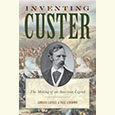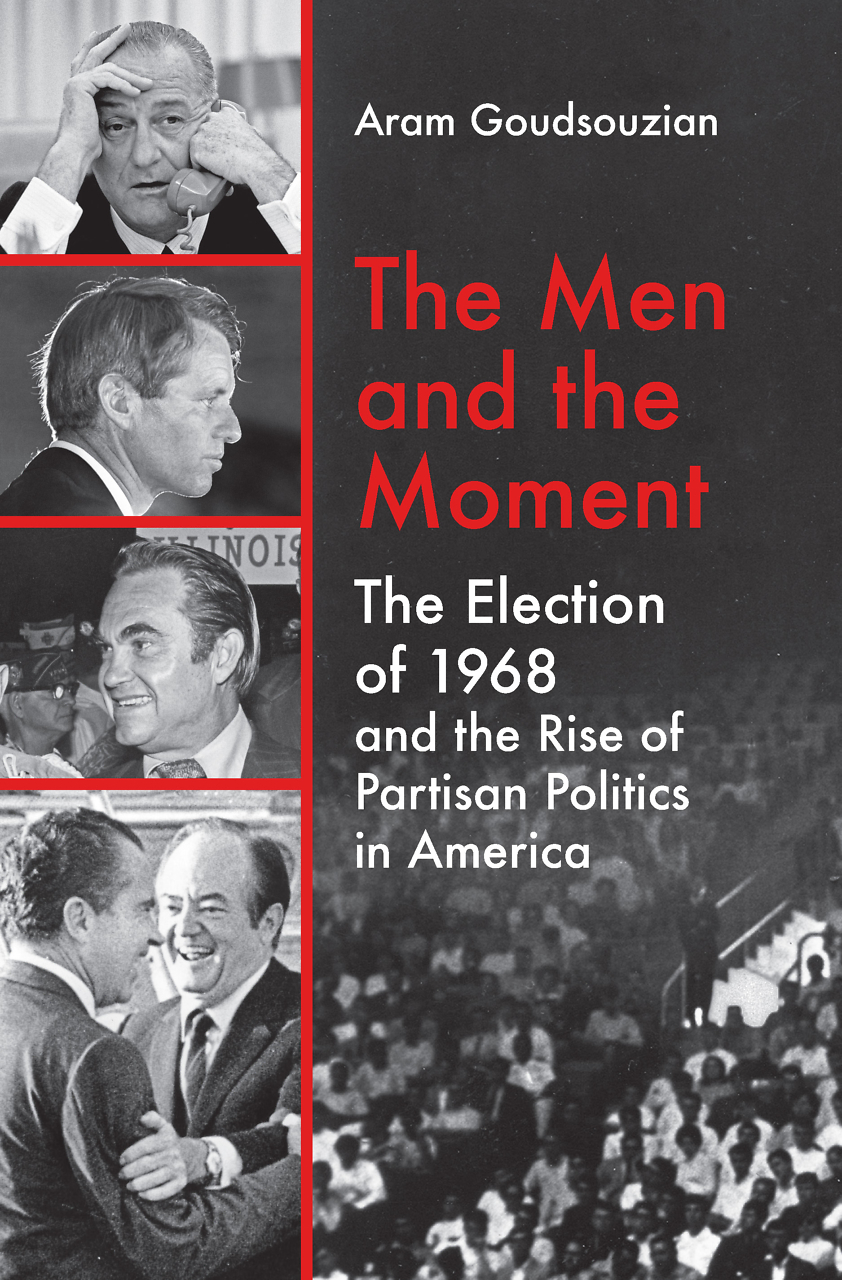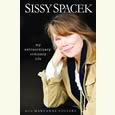Spirit of Resurrection
In his memoir, The Wind in the Reeds, Wendell Pierce reflects on his lifelong devotion to art, family, and New Orleans
In November 2007, New Orleans native Wendell Pierce took the stage in Samuel Beckett’s absurdist play Waiting for Godot amid the overgrown ruins of New Orleans’s Lower Ninth Ward. Surrounded by “weed-choked lots, concrete stumps like teeth in a half-buried jawbone, and matching staircases leading to nowhere,” Beckett’s inquiry into humanity’s response to senseless, overwhelming forces played to a crowd well-acquainted with loss, upheaval, and seemingly endless waiting. From the stage, Pierce felt a rush of galvanizing purpose, sensing art’s power “not just to renew vision, but to impart a spirit of resurrection that proclaims in the face of the hurricane, Yes, these bones can live!” In his new memoir, The Wind in the Reeds: a Storm, a Play, and the City that Would Not Be Broken, Pierce retraces his path through the worlds of art, family, and social change, culminating in his efforts to rebuild the historical neighborhood of his childhood, Pontchartrain Park.
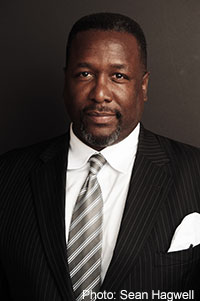 Known now for his nuanced performances on The Wire and Treme and as radio host for Jazz at Lincoln Center, Pierce credits his family with giving him an invaluable foundation of thoughtful support and accountability. Pierce’s parents raised their sons in Pontchartrain Park, New Orleans’s first all-black suburb. The neighborhood, itself a by-product of policies designed to further racial segregation, provided families like the Pierces a hard-won respite from the dangers in rougher areas of the city. Though they faced the maddening injustices of segregation within the Catholic Church and in WWII-era military service, Pierce emphasizes that his parents’ educated, middle-class lives were an extraordinary testament to the resilience and dedication among their generation, many of whose grandparents had been enslaved on Louisiana’s nightmarish sugar plantations.
Known now for his nuanced performances on The Wire and Treme and as radio host for Jazz at Lincoln Center, Pierce credits his family with giving him an invaluable foundation of thoughtful support and accountability. Pierce’s parents raised their sons in Pontchartrain Park, New Orleans’s first all-black suburb. The neighborhood, itself a by-product of policies designed to further racial segregation, provided families like the Pierces a hard-won respite from the dangers in rougher areas of the city. Though they faced the maddening injustices of segregation within the Catholic Church and in WWII-era military service, Pierce emphasizes that his parents’ educated, middle-class lives were an extraordinary testament to the resilience and dedication among their generation, many of whose grandparents had been enslaved on Louisiana’s nightmarish sugar plantations.
Pierce narrates his story of the actor’s life as a kind of hunt for empathy and for greater understanding of the spiritual usefulness of the creative life. He owns up to the limitations of his youthful perspective and gives credit to the numerous mentors he found along the way, whether he encountered them in Juilliard classrooms, Broadway theatres, or Baltimore police ride-alongs. Learning his craft as an actor taught him to look at the world with opened eyes and informed his beliefs about what art can do for humankind:
Art doesn’t give us life’s answers as much as it empowers us to live life’s questions. Art, like religion, is how the eternal and the ideal enters time and becomes real. In turn, it is how we mortals experience, if only for a moment, immortality. Art is how we humans, individually and collectively, impress our seal upon the wax; it’s how we charge ordinary matter—wood, paint, stone, a word, a voice, a note, gesture—with life and spirit and harmony.
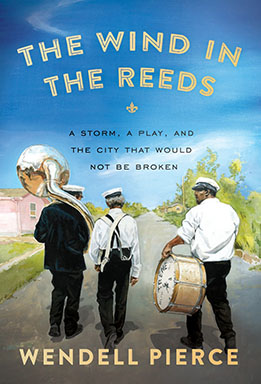 For anyone who holds such a strong belief in transmuting the raw elements of life into something greater than what he was handed, the destruction wrought by Hurricane Katrina, and the many heartbreaks that followed it, would have proven a formidable test—perhaps the test of a lifetime. Arriving home just before Katrina hit land, Pierce helped his elderly parents evacuate and stayed with them as the true scope of the disaster became clear. Pontchartrain Park was totally destroyed, and several neighbors did not survive. As plans for recovery eventually began, Pierce saw that this area would be low on the city’s list of priorities. His sense of purpose grew razor-sharp. They must rebuild.
For anyone who holds such a strong belief in transmuting the raw elements of life into something greater than what he was handed, the destruction wrought by Hurricane Katrina, and the many heartbreaks that followed it, would have proven a formidable test—perhaps the test of a lifetime. Arriving home just before Katrina hit land, Pierce helped his elderly parents evacuate and stayed with them as the true scope of the disaster became clear. Pontchartrain Park was totally destroyed, and several neighbors did not survive. As plans for recovery eventually began, Pierce saw that this area would be low on the city’s list of priorities. His sense of purpose grew razor-sharp. They must rebuild.
In New Orleans, Pierce notes, art and culture are “intimately woven into the bonds of civic resilience” and always have been. He highlights the return of second-line parades as a powerful statement of reclamation. The staging of Godot in which he performed resonated in healing ways that even he could not have predicted. Still, Godot never did show up, and the enormity of the city’s challenges remained.
Over and over, Pierce encountered the need to advocate for people whose futures would otherwise be stifled by a labyrinth of bureaucratic delays and corrupt business practices. He founded the Pontchartrain Park Community Development Corporation, a nonprofit effort designed to empower the neighborhood with an entrepreneurial spirit as they rebuilt. When David Simon, creator of The Wire, asked Pierce to play a lead role in his New Orleans-based show Treme, Pierce was able to bring many of the unreported realities of the city’s recovery, as well as its vibrant musical culture, to a wide audience. Like previous generations of his own family, Pierce has joined his community’s effort to remake itself from the upheaval and the challenges of its particular era in its history.
The Wind in the Reeds arrives at a moment when the nation is not only confronting the tenth anniversary of Hurricane Katrina but also reckoning with renewed public focus on tensions involving race and politics. In such difficult times, a hopeful vision like Pierce’s is welcome, in part because it refuses to deny or downplay the complexity of the problems at hand. Invoking French novelist Honore de Balzac’s line, “Hope is a memory that desires,” Pierce reminds us that we must walk into the future bearing our whole selves—our fraught histories, our grieving hearts, our ragged joys, and our works of art.

Emily Choate holds an M.F.A. from Sarah Lawrence College. Her fiction is forthcoming from The Florida Review, Tupelo Quarterly, and The Double Dealer, and her nonfiction has appeared in Late Night Library, Yemassee, and elsewhere. She lives in Nashville, where she’s working on a novel.
